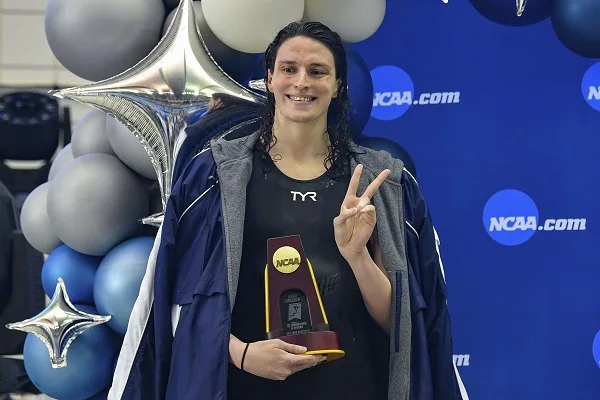One such individual at the epicenter of this evaluation is Lia Thomas. Recent developments have seen Lia, a talented swimmer and a transgender woman, face a ban from women’s competitive swimming. The reasoning? A curt and loaded phrase: “She doesn’t fit.”
Lia Thomas didn’t just dive into the limelight out of nowhere. She emerged as a force to be reckoned with in collegiate swimming, representing the University of Pennsylvania. With each victory, she didn’t just add medals to her collection, but also fuel to an already simmering debate about the place of transgender athletes in sports.
At the core of the decision to ban Lia is the age-old sports tenet: fairness. Advocates for the ban argue that transgender women, especially those who transition after puberty, retain physiological advantages over cisgender women. These advantages, they argue, include muscle mass, bone density, and other biomechanical benefits that can impact performance.
Dr. Laura Mitchell, a sports scientist, explains, “While hormone therapy can reduce some male athletic advantages, certain inherent biological traits remain, and these can play a crucial role in high-stake competitions.”
Yet, for every voice supporting the ban, there’s another opposing it. These voices emphasize the physical and emotional challenges transgender women face, particularly the impact of hormone therapy. Moreover, they argue that sports, at its core, is as much about community and inclusion as it is about competition.
Sarah Warner, a former swimmer and LGBTQ+ advocate, puts it succinctly, “Banning Lia isn’t about protecting women’s sports; it’s about excluding someone who doesn’t fit a traditional mold.”
Away from the pool and the piercing gaze of media scrutiny, Lia is just another individual navigating her identity. Her journey, from recognizing her gender identity to the rigorous medical and psychological challenges of transitioning, is emblematic of countless silent struggles faced by transgender individuals worldwide.

Leave a Reply